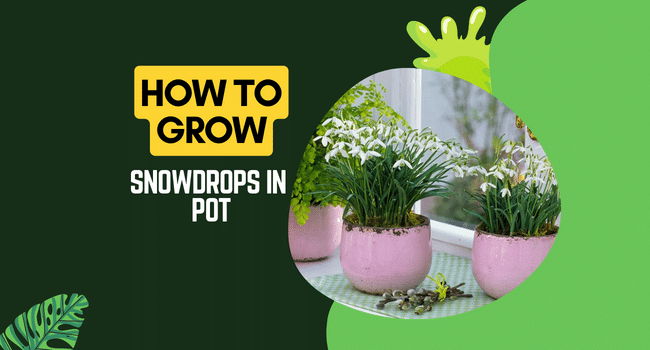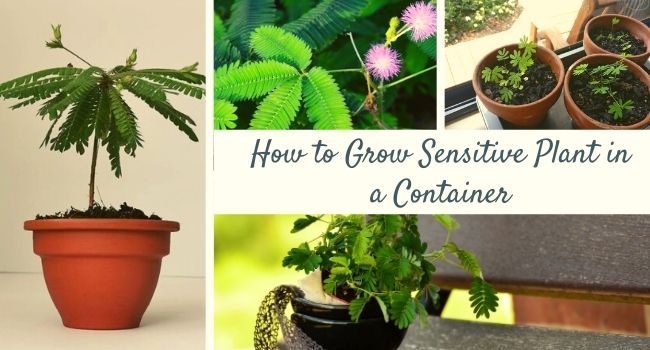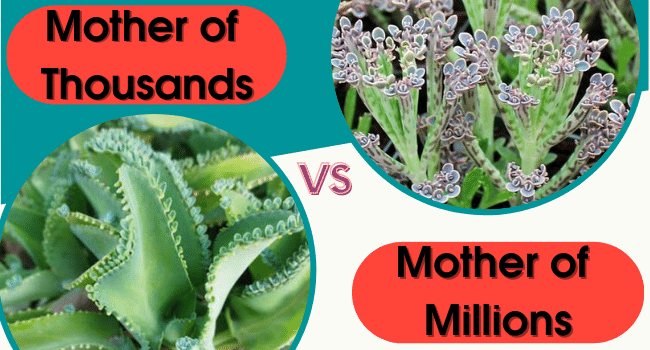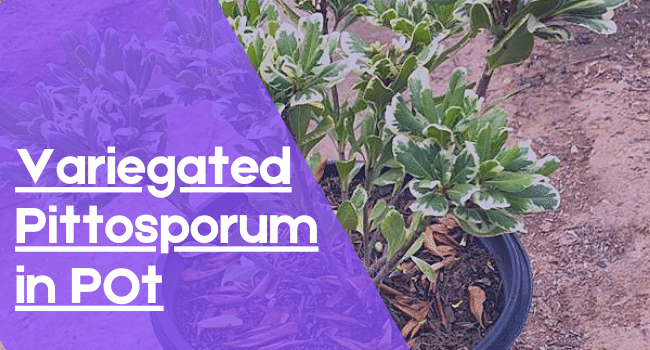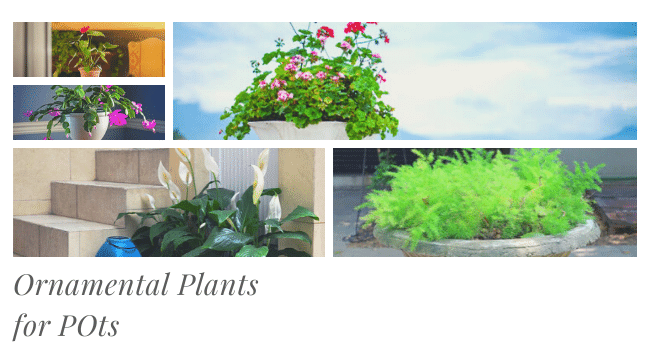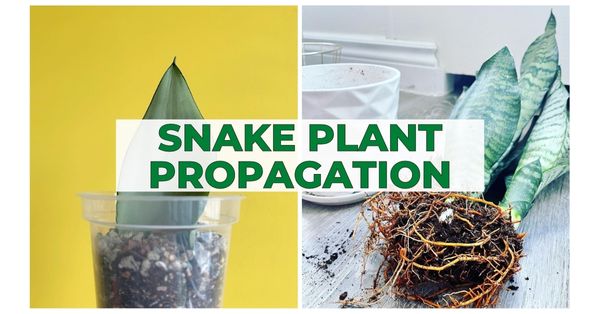Neon Pothos Indoors | How to Grow & Care for Neon Pothos in Container
Neon pothos is a show stealer and attracts onlookers with the vibrant, almost glowy foliage. Here is how you can grow Neon Pothos in a Container!
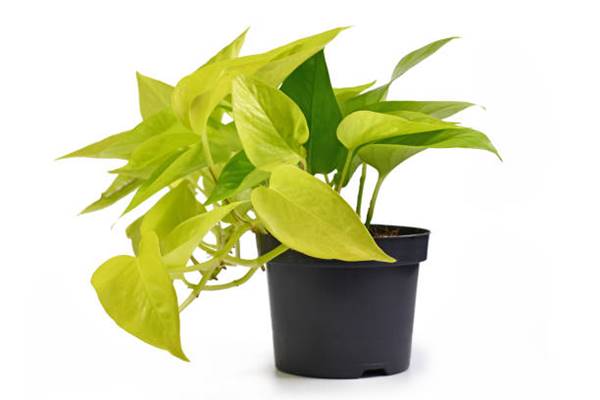
If there is one Pothos cultivar that stands out among other types of pothos, it’s Neon Pothos. The signature variegation that other members of the pothos family have is absent, but Neon pothos is a show-stealer even without variegation. Wondering how? Well, the chartreuse or bright neon leaves give Neon Pothos an otherworldly look. Train this vining plant over the stake or any other support structure, or let it trail down from the rim of the pot. The trailing stems make Neon pothos a perfect plant for hanging baskets! All you need to know for growing Neon pothos indoors is listed below.
Scientific Name: Epipremnum Aureum
How to Grow Neon Pothos Indoors
Choose a location where it receives bright indirect light and is protected from direct sun. The soil must be well-draining and rich in organic matter. Keep the soil moist, but don’t let it turn soggy as it leads to root rot. Feed the plant once or twice a month with a well-balanced houseplant fertilizer to boost plants’ growth. Reduce watering, and do not fertilize in winters!
Propagating Neon Pothos
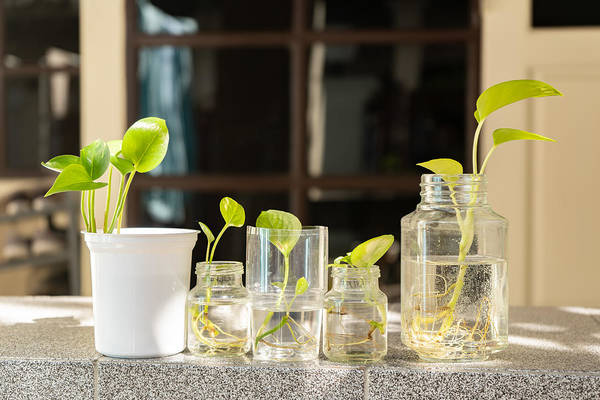
The easiest way to propagate Neon Pothos or any other Pothos is through taking stem cutting. Here is the step by step tutorial to propagate pothos from stem cuttings:
- Choose a healthy stem with a minimum of 4 leaves on it and use a sharp tool to cut below the leaf node.
- Ideally, the cutting should be 4-6 inches in length; if the stem is long, you can further divide it for more cuttings.
- Snip off the leaves from the bottom half of the stem cutting but make sure to leaves at the top half.
- Plant the cutting in a well-draining potting mix and provide support, so it doesn’t topple. You can also propagate the cutting in water.
- Place the cutting in a jar filled with clean water, ensuring that the nodes are below the water and leaves are above. Change water weekly!
- Locate the jar or the pot at a spot with bright indirect light, such as the windowsill.
- The roots will soon begin to grow, and when they grow around a couple of inches in length, you can transplant the cutting.
NOTE: It’s better to continue growing Neon pothos in the water when it’s propagated in water and soil when the cutting is propagated in soil. The reason being Neon pothos can go into shock and may not grow if you change the growing medium after rooting.
Choosing a Container
The size of the container can range anywhere from 4-6 inches in width and depth. Don’t fret over the material of the container as terra cotta, ceramic, plastic, or any other pot will do. Make sure that the pot has drainage holes at the bottom to get rid of excess water. You can also propagate and grow Neon pothos in water for which a transparent glass jar or bottle is ideal!
Repotting
Repotting is needed when the Neon pothos becomes root bound and outgrows the old pot. It’ll take around 2-3 years for the roots to fill up the pot, so frequent repotting isn’t necessary. The ideal time to repot is in the spring and summer as you shouldn’t disturb houseplants in the winters.
Location
The ideal location for Neon pothos is where it receives bright indirect light for most of the day. Prolonged exposure to direct sunlight leads to burnt foliage, whereas under dull lighting, the foliage will lose vigor and wilt. Windowsill is an excellent spot to locate Neon pothos as there the plant will receive bright indirect light throughout the day.
Soil
Soil rich in organic matter, well-draining, and medium to high nutritional value is best for growing Neon Pothos. Slightly acidic to neutral soil with pH ranging from 6.2 to 7 works well for Neon Pothos. Add perlite to improve the drainage of the soil or coco coir chips to improve aeration and nutrient holding capacity. Keep in mind that potting soil doesn’t contain garden soil as it’s too heavy for the houseplants.
Watering
Organize the watering schedule so that the soil remains moist but does not turn soggy as it leads to root rot. Yellowing leaves are a sign of overwatering reduce watering if you see the plant exhibiting any such symptoms. It’s okay to miss watering once in a while do not compensate for it by overwatering. Remember that neon pothos is somewhat forgiving to underwatering but not overwatering. After watering, allow the excess water to drain completely from the bottom of the pot. Check that the soil is dry at least 2 inches below the surface before you water.
Temperature
Average room temperature ranging from 70 and 90 degrees Fahrenheit is the sweet spot for Neon pothos. Protect the plant or relocate it if the temperature falls below 55 degrees F. Cold damage includes symptoms such as leaves turning black and stunted growth.
Neon Pothos Indoors Care
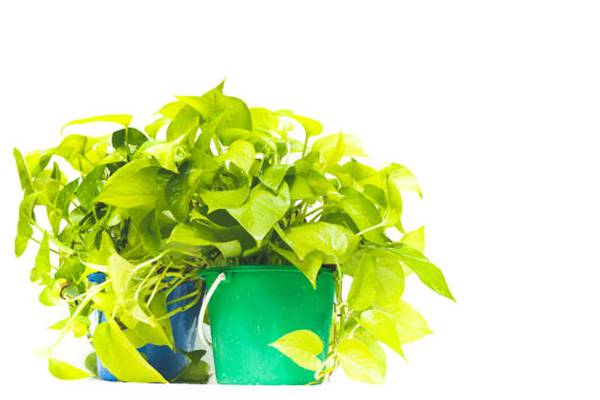
Humidity
Indigenous to Solomon Islands Neon pothos thrives in high humidity in their natural habitat, and the same goes for indoor spaces as well. Places that are naturally high in humidity, such as the bathroom or kitchen, are ideal for growing pothos. Place a saucer with pebbles and filled with water near the plant to raise humidity levels naturally. Misting the plant or installing a humidifier are some other ways to raise humidity levels.
Fertilizing
Go for good quality and well-balanced houseplant fertilizer to boost plant growth in the growing season. Fertilizing once a month is sufficient as Neon pothos does not require too much fertilizing. If the soil is rich in nutrients and the plant shows adequate growth, there isn’t any need to fertilize. Organic approach such as amending the potting mix with aged compost, banana peels, eggshells, and fish emulsion also enrich the soil and boost Neon Pothos Growth Indoors!
Pests & Diseases
Common garden pests such as aphids, spider mites, and scale insects can cause damage to some extent, but it’s the Mealybugs that are most common. Handpick such pests or wipe the leaves with cotton dipped in alcohol to get rid of them. If the problem persists, use an insecticidal soap solution! Apart from root rot caused due to overwatering, there isn’t much that can go wrong with Neon pothos.
Neon Pothos Toxicity
Keep Neon Pothos out of the reach of pets and children in the indoor space as it’s a toxic plant. Ingesting or chewing on the plant’s foliage can irritate the lining of the mouth and casue GI tract inflammation. According to ASPCA, Neon pothos and other members of the Araceae family are toxic to cats and dogs!
